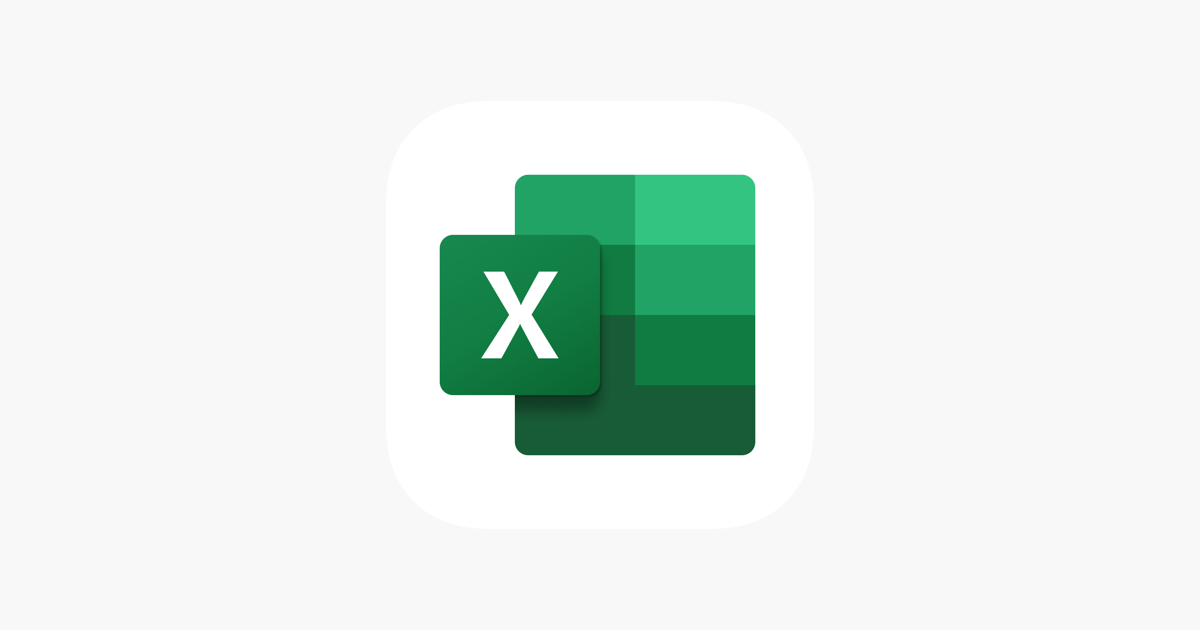Office Blog
Power Query vs. VBA: Which One Should You Use?
When working with data in Excel, automation and efficiency are key to saving time and avoiding repetitive tasks. Two of the most popular methods for automating and transforming data are Power Query vs. VBA (Visual Basic for Applications). While both can help you streamline processes, each has its strengths and weaknesses depending on the task at hand.
In this blog, we’ll break down the key differences between Power Query and VBA, discuss the strengths of each, and help you decide which one is best for your needs.
What is Power Query?
Power Query is a data connection technology that allows you to import, transform, and automate data processing from various sources like Excel workbooks, databases, web pages, and APIs. It’s built into Excel 2016 and later versions and can also be used in Power BI. Power Query uses a graphical interface, meaning you don’t need to know any coding to use it.
Why Use Power Query?
- User-Friendly: The intuitive interface is accessible even to non-programmers.
- Data Transformation: Power Query makes it easy to clean, reshape, and merge data.
- Automated Refresh: Once you set up a query, it can be automatically refreshed whenever the data source changes.
- Wide Range of Data Sources: Power Query connects to multiple data sources like Excel, text files, SQL databases, and cloud services.
- Repeatable Processes: Once configured, Power Query automatically applies the same transformations to incoming data with a single click.
What is VBA (Visual Basic for Applications)?
VBA is a programming language that’s integrated into Excel and other Microsoft Office applications. It allows you to automate tasks by writing custom code to perform operations on Excel objects like workbooks, worksheets, and ranges. VBA is ideal for users who want to create more advanced automation, complex calculations, or custom forms and applications.
Why Use VBA?
- Full Control: VBA allows you to create highly customized solutions for specific tasks.
- Complex Automation: You can perform complex data manipulations, create custom buttons, and interact with external applications.
- Advanced Logic: With VBA, you can use if-else conditions, loops, and functions for more sophisticated logic.
- Interaction with Other Applications: VBA enables integration with other applications in the Microsoft suite (e.g., Outlook, Word, Access).
- No Limitations on Data Size: Unlike Power Query, VBA is not restricted by the data size you can load into memory.
Power Query vs. VBA: Key Differences
| Feature | Power Query | VBA |
|---|---|---|
| Ease of Use | No coding required, user-friendly interface | Requires knowledge of programming (VBA) |
| Complexity | Simple data transformation and cleaning | Suitable for advanced, custom automation |
| Data Sources | Primarily for importing and transforming data | Can work with a wider range of objects and applications |
| Repeatability | Easy to refresh with one click | Requires code to automate and refresh |
| Custom Logic | Limited to predefined transformations | Full control over data manipulation and logic |
| Integration | Works well within Excel and external data sources | Can integrate with other Office apps like Outlook, Access |
| Data Size Limit | Some limitations on large datasets | No significant limitations on data size |
When to Use Power Query
- For Data Transformation and Cleaning
Power Query is perfect when you need to import data from different sources and transform it into a usable format. It excels at reshaping data, filtering out unnecessary rows, and merging multiple tables into one. - For Simplicity and Ease
If you’re looking for a quick and easy way to automate simple tasks (like merging files, cleaning up inconsistent data, or removing duplicates), Power Query will get the job done without requiring any coding knowledge. - For Working with External Data Sources
Power Query is excellent when you’re pulling data from multiple sources, such as databases, APIs, or web pages, and need to consolidate it into a single workbook.
When to Use VBA
- For Complex Automation
If your tasks involve complex logic, such as creating custom forms, handling events, or interacting with other applications like Outlook, VBA is the best tool. - For Custom Solutions
VBA gives you the flexibility to create tailored automation solutions. If you need to add custom buttons or automate tasks in a specific way that Power Query can’t handle, VBA is the way to go. - For Advanced Control and Logic
VBA allows you to create advanced logic, such as loops, conditions, and user-defined functions, that Power Query can’t replicate. If you need fine-grained control over your data, VBA is your tool of choice.
Choosing the Right Tool for Your Task
So, which one should you use? Here’s a quick summary to help you decide:
- Use Power Query if you need an easy-to-use solution for data cleaning, transformation, and merging. It’s ideal for tasks like importing data, filtering rows, and reshaping data.
- Use VBA if you need to automate complex tasks, create custom solutions, or work with external applications like Outlook, Word, or Access.
For many users, the best approach is to combine Power Query and VBA, using Power Query for data manipulation and VBA for advanced automation and custom logic.
Get the cheapest Office keys today and enjoy instant access to Microsoft Office with genuine licenses at unbeatable prices!

